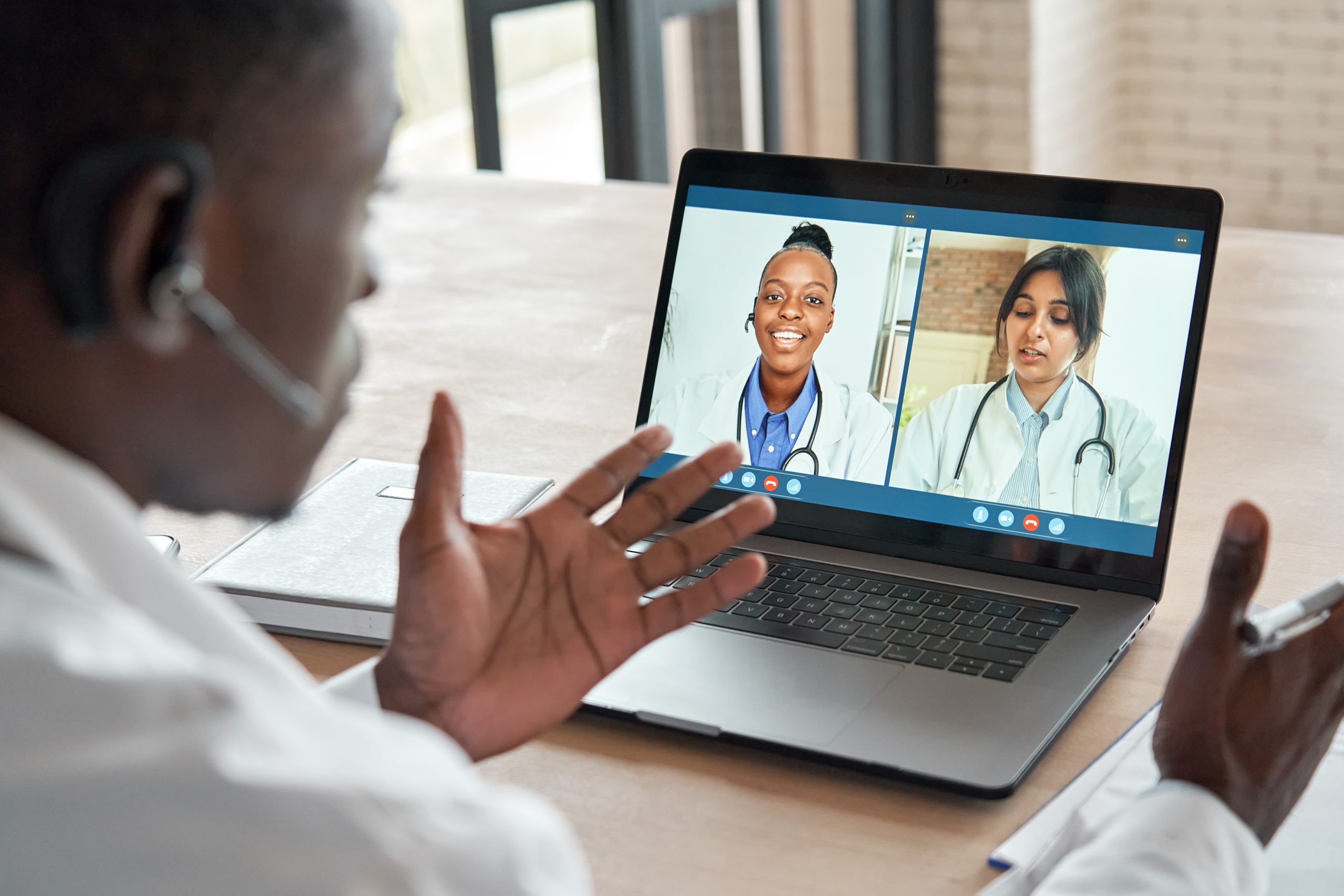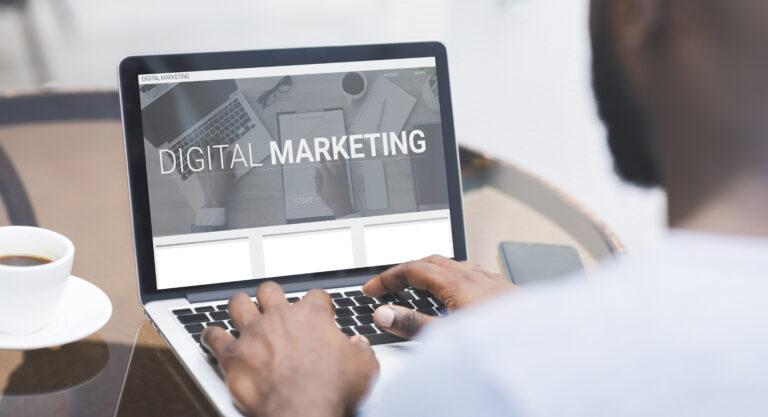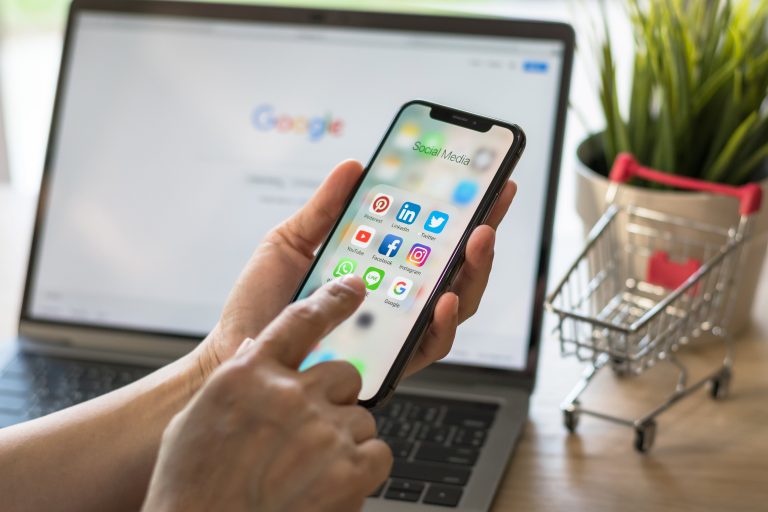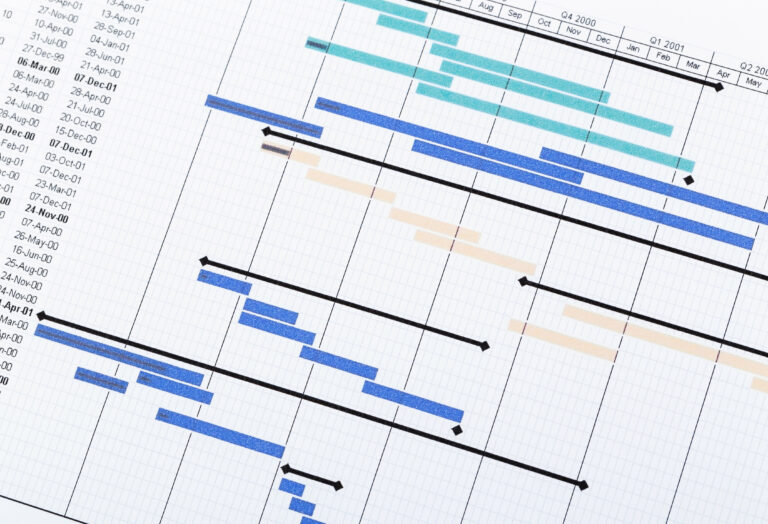The time you decide to host your webinar should totally depend on when would be best for your audience. We often find that healthcare webinars receive the most attendees when they’re hosted in the evening (6 or 7 pm), as clinicians are often too busy during the day to attend.
So, before you set the date and time for your webinar, consider your audience and what works for them. You may want to test hosting webinars at different times, to see when you get the most registrations and live attendance.














